Invest
‘Australians essentially are trading with one hand behind their back’
The CEO of a fintech start-up has said Australian traders need to consider exposure to international markets, arguing that those who do so are “several steps ahead”.
‘Australians essentially are trading with one hand behind their back’
The CEO of a fintech start-up has said Australian traders need to consider exposure to international markets, arguing that those who do so are “several steps ahead”.

Speaking to Nest Egg, the CEO of the self-described “shop for shares”, Stake’s Matt Leibowitz, said while it always comes down to strategy, Australian investors who limit themselves to local opportunities tend to be “playing with one hand tied behind your back”.
Reflecting on this week’s markets volatility, he said traders need to have the tools to be able to profit from opportunities like down-turns, whether traders predict such down-turns to be a fluctuation or a trend.
“Whether you want to trade long, medium or short term, you need to have the artillery to execute it accordingly, so you've just got to look at all of your options in terms of what you're trying to achieve,” Mr Leibowitz explained.
“If you believe this downturn is going to continue, [you need to have the tools] to be able to trade on the short side, if you believe that volatility is going to remain high, [you need to have the tools] to be able to trade volatility as an asset class, so if you want to increase your exposure, to be able to buy some inverse ETFs on the S&P 500.”

An inverse ETF is an exchange-traded fund that is designed to perform as the opposite of whichever benchmark or index it is tracking.
However, Australian traders who stay local are “limited to pretty much either hold and hope or sell out and sit in cash”.
That’s because Australia makes up about 2 per cent of the global market – and as such, 2 per cent of the opportunities, Mr Leibowitz argued.
He claimed: “If you wanted to achieve better returns you wouldn't limit yourself to 2 per cent, logically you would look for more and you'd want to give yourselves the best chance of success and you can't do that if you're limiting yourself to Australia.
“Not only that, the ASX has got 2,400 stocks and really, only the top 300 have enough liquidity to do anything and the breadth of product is very limited in that suite.”
Conversely, overseas markets like the US provide traders with the opportunity to trade commodities, thematics and trade short or long or leverage via ETFs.
“You just can't do that in Australia,” Mr Leibowitz said.
Currently, Mr Leibowitz is witnessing Stake users take the opportunity to access overseas markets to trade short inverse ETFs and buy volatility funds, in what those users perceive to be the start of a longer down trend with increased volatility.
Simultaneously, other users are looking at recent market movements as a dip to re-buy.
“It all depends on their strategy,” he said.
“I think in Australia, we're not going to get situations where people actually start trading volatility or hedge their exposure or buy different asset class in commodities or move their money from equities to corn and wheat and oil and uranium, or even blockchain. You just can't, you're pretty much stuck hoping that the Aussie market recovers.
“We've seen what happened in 2008 when people thought it would just keep turning and turning and turning and five years later they were down and they had lost five years of opportunities. I think people that are starting to open their eyes to overseas markets are not only one step ahead but several steps ahead.”

Stock market
6K Additive secures A$48 million through initial public offering on the Australian Stock Exchange
6K Additive, a prominent player in the advanced metal powders and alloy additions market, has made a significant stride by successfully completing its Initial Public Offering (IPO) on the Australian ...Read more
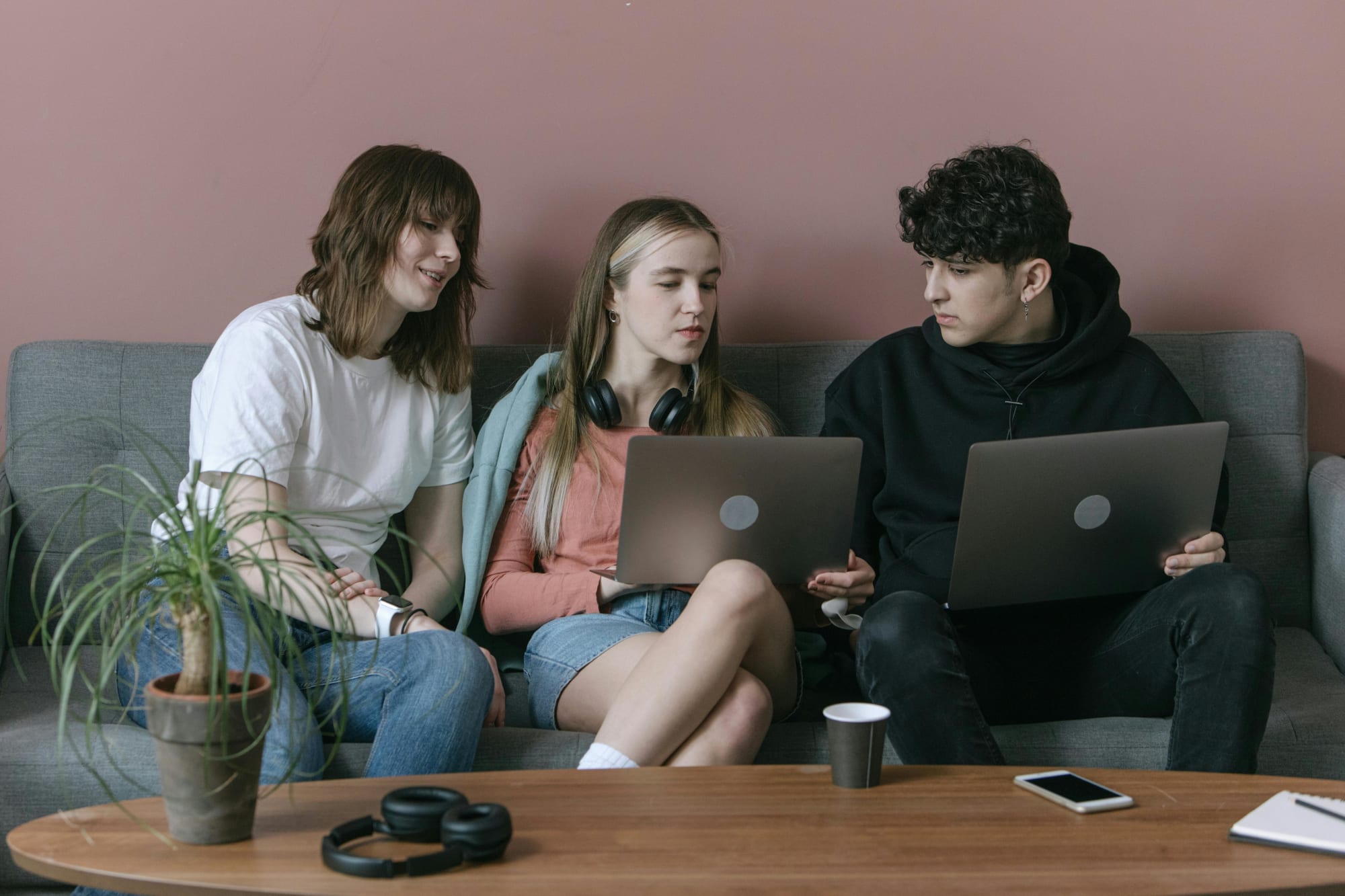
Stock market
Institutional investors increase stock allocations to 18-year high amid cautious market shifts
In a recent development, State Street Markets unveiled the findings of its latest State Street Institutional Investor Indicators, revealing intriguing shifts in institutional investor behaviourRead more
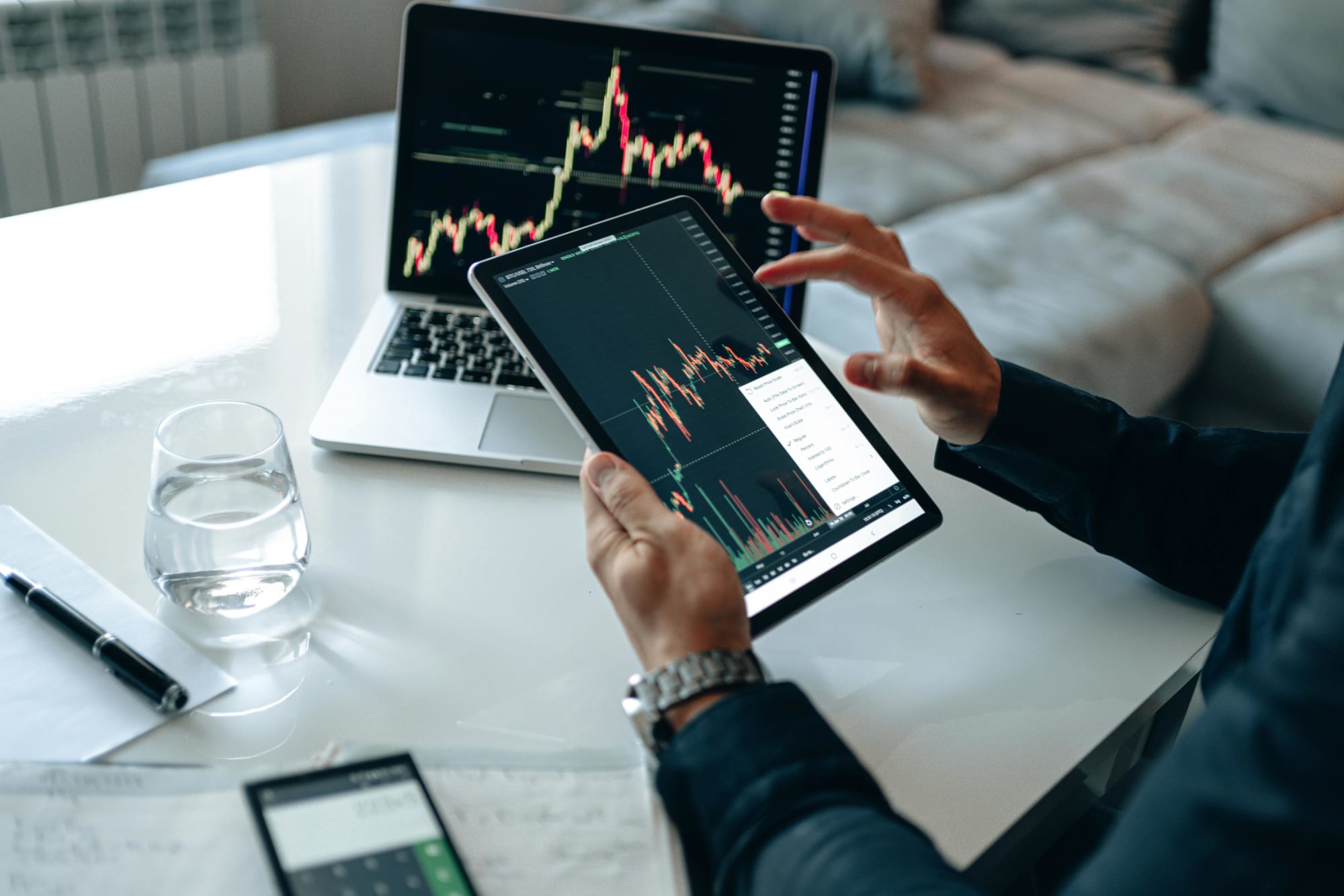
Stock market
FOREX.com launches in Australia to empower self-directed traders
StoneX Group Inc. (NASDAQ: SNEX) has announced the Australian launch of FOREX.com, expanding access for self-directed traders to a global suite of Contracts for Difference (CFD) products across ...Read more
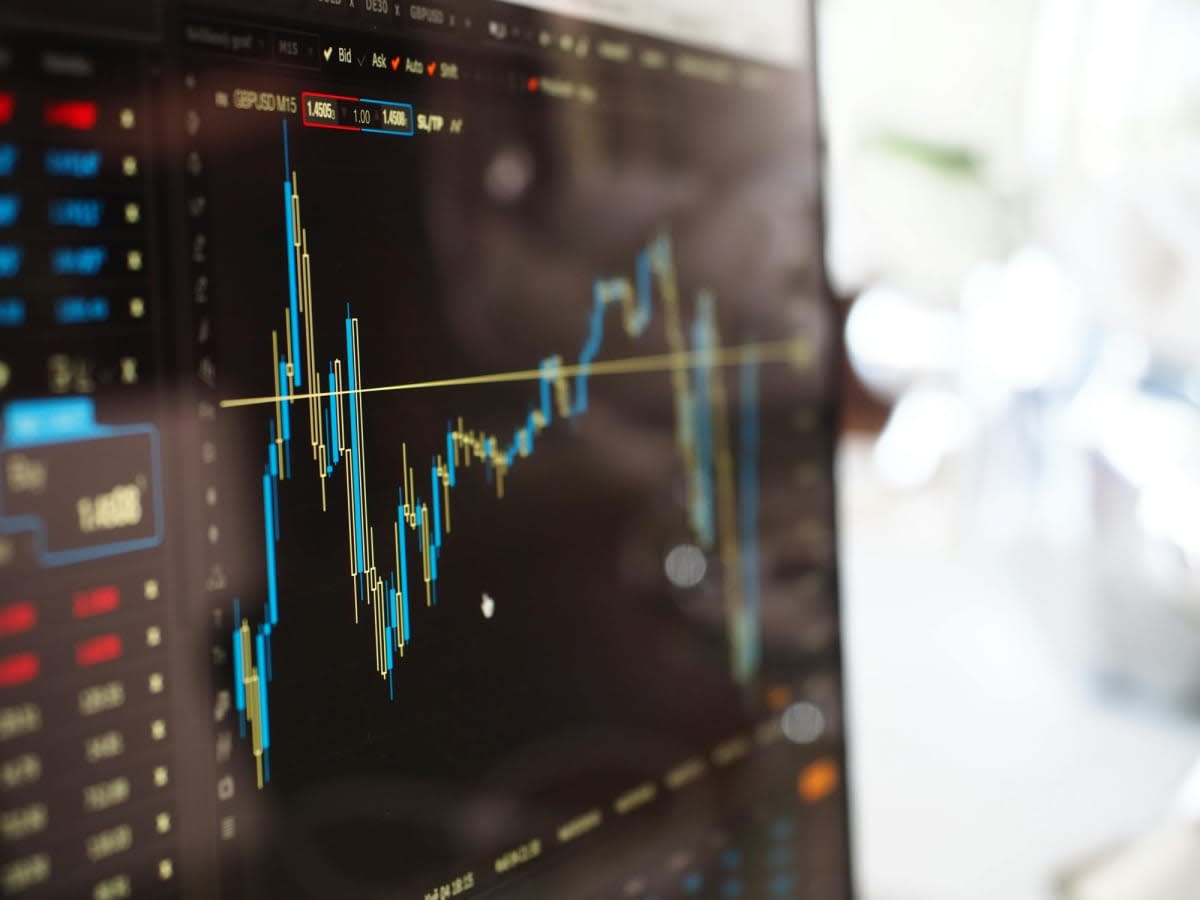
Stock market
Westpac and CMC Markets strengthen partnership to enhance online trading services
In a significant move that underscores the evolving landscape of online trading in Australia, CMC Markets Stockbroking has been chosen as the preferred vendor by Westpac Banking Corporation to extend ...Read more
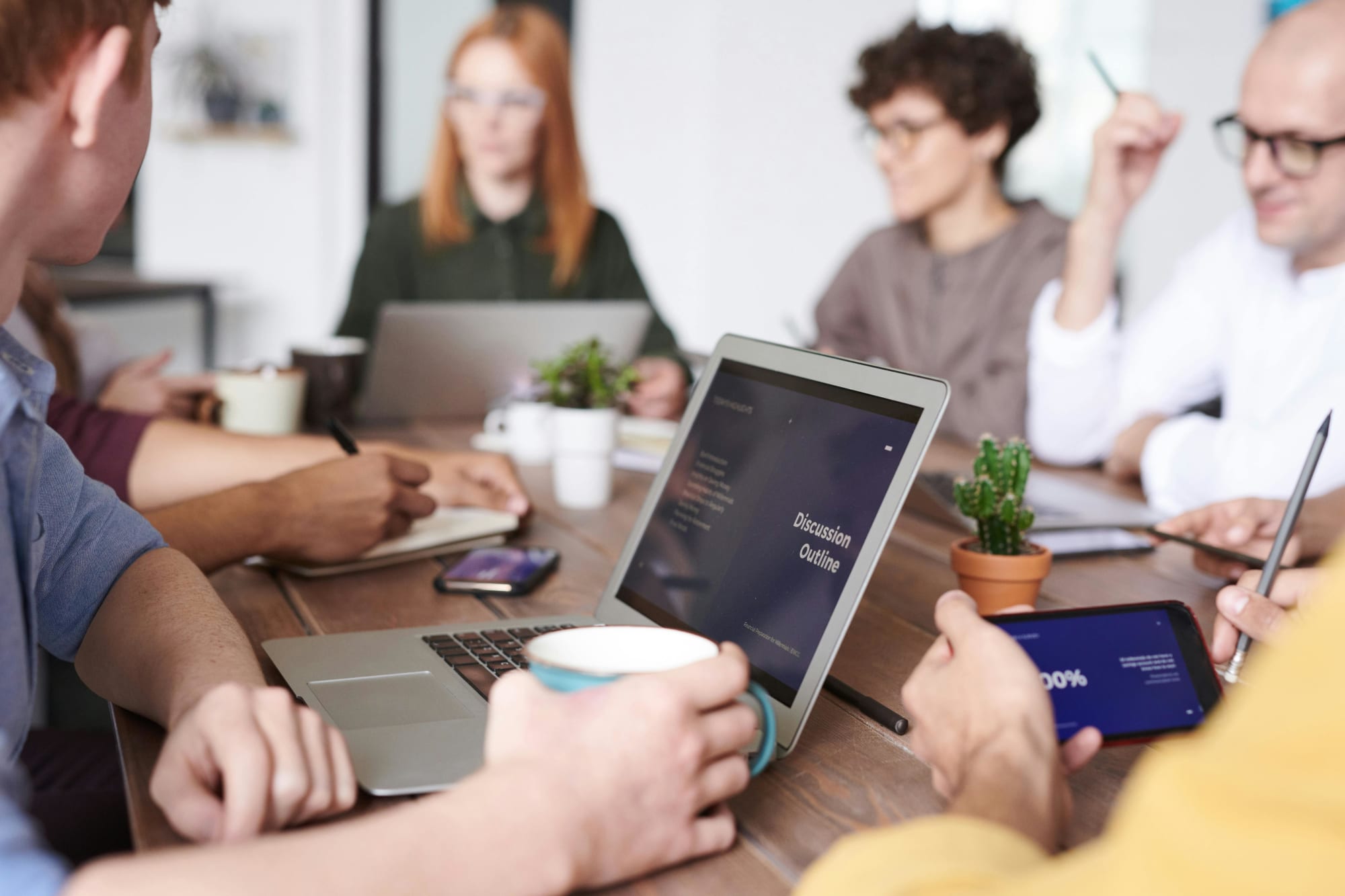
Stock market
Portfolio reviews as an operating discipline: turning volatility into a competitive edge
In a higher-rate, higher-volatility world, portfolio reviews are no longer an annual hygiene task; they’re a core operating rhythm that protects cash flow, unlocks tax alpha, and sharpens risk ...Read more
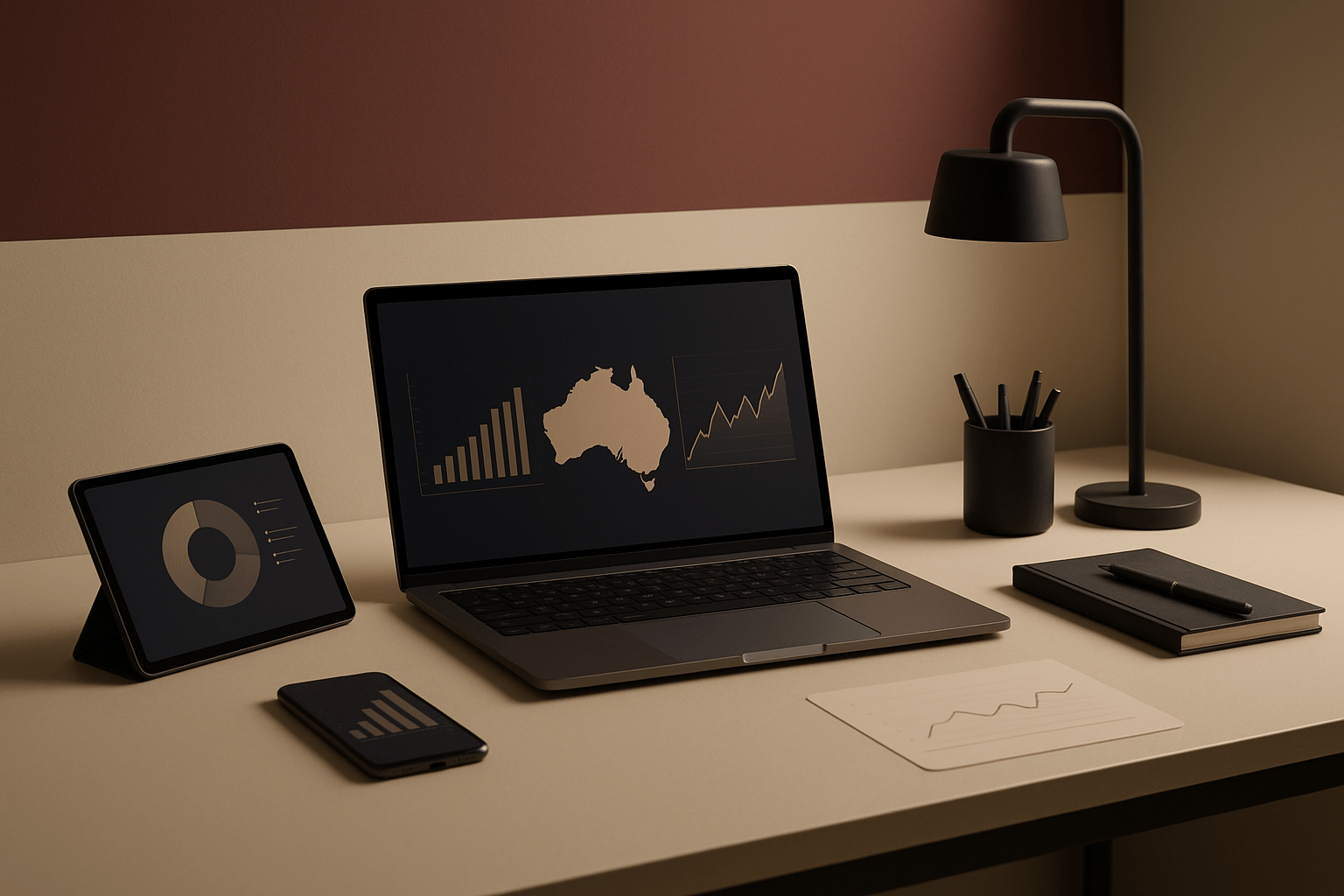
Stock market
Fee war on the ASX: Global X’s A300 turns up the heat on core Aussie equity ETFs
Global X has lobbed a 0.04% management fee into Australia’s core equity sandbox, launching the Australia 300 ETF (A300) to take on entrenched giants. Read more

Stock market
Challenger IM shakes up the ASX with private credit note and a side of risk
Challenger Investment Management has taken private credit mainstream with an ASX-listed note structure—LiFTs—that secured roughly $100 million in cornerstone commitments within a day of launch. Read more

Stock market
International stocks: Diversifying your portfolio beyond Australia
In an increasingly globalized market, Australian investors have the opportunity to enhance their investment portfolio by incorporating international stocks. Diversifying your investments globally can ...Read more

Stock market
6K Additive secures A$48 million through initial public offering on the Australian Stock Exchange
6K Additive, a prominent player in the advanced metal powders and alloy additions market, has made a significant stride by successfully completing its Initial Public Offering (IPO) on the Australian ...Read more

Stock market
Institutional investors increase stock allocations to 18-year high amid cautious market shifts
In a recent development, State Street Markets unveiled the findings of its latest State Street Institutional Investor Indicators, revealing intriguing shifts in institutional investor behaviourRead more

Stock market
FOREX.com launches in Australia to empower self-directed traders
StoneX Group Inc. (NASDAQ: SNEX) has announced the Australian launch of FOREX.com, expanding access for self-directed traders to a global suite of Contracts for Difference (CFD) products across ...Read more

Stock market
Westpac and CMC Markets strengthen partnership to enhance online trading services
In a significant move that underscores the evolving landscape of online trading in Australia, CMC Markets Stockbroking has been chosen as the preferred vendor by Westpac Banking Corporation to extend ...Read more

Stock market
Portfolio reviews as an operating discipline: turning volatility into a competitive edge
In a higher-rate, higher-volatility world, portfolio reviews are no longer an annual hygiene task; they’re a core operating rhythm that protects cash flow, unlocks tax alpha, and sharpens risk ...Read more

Stock market
Fee war on the ASX: Global X’s A300 turns up the heat on core Aussie equity ETFs
Global X has lobbed a 0.04% management fee into Australia’s core equity sandbox, launching the Australia 300 ETF (A300) to take on entrenched giants. Read more

Stock market
Challenger IM shakes up the ASX with private credit note and a side of risk
Challenger Investment Management has taken private credit mainstream with an ASX-listed note structure—LiFTs—that secured roughly $100 million in cornerstone commitments within a day of launch. Read more

Stock market
International stocks: Diversifying your portfolio beyond Australia
In an increasingly globalized market, Australian investors have the opportunity to enhance their investment portfolio by incorporating international stocks. Diversifying your investments globally can ...Read more








